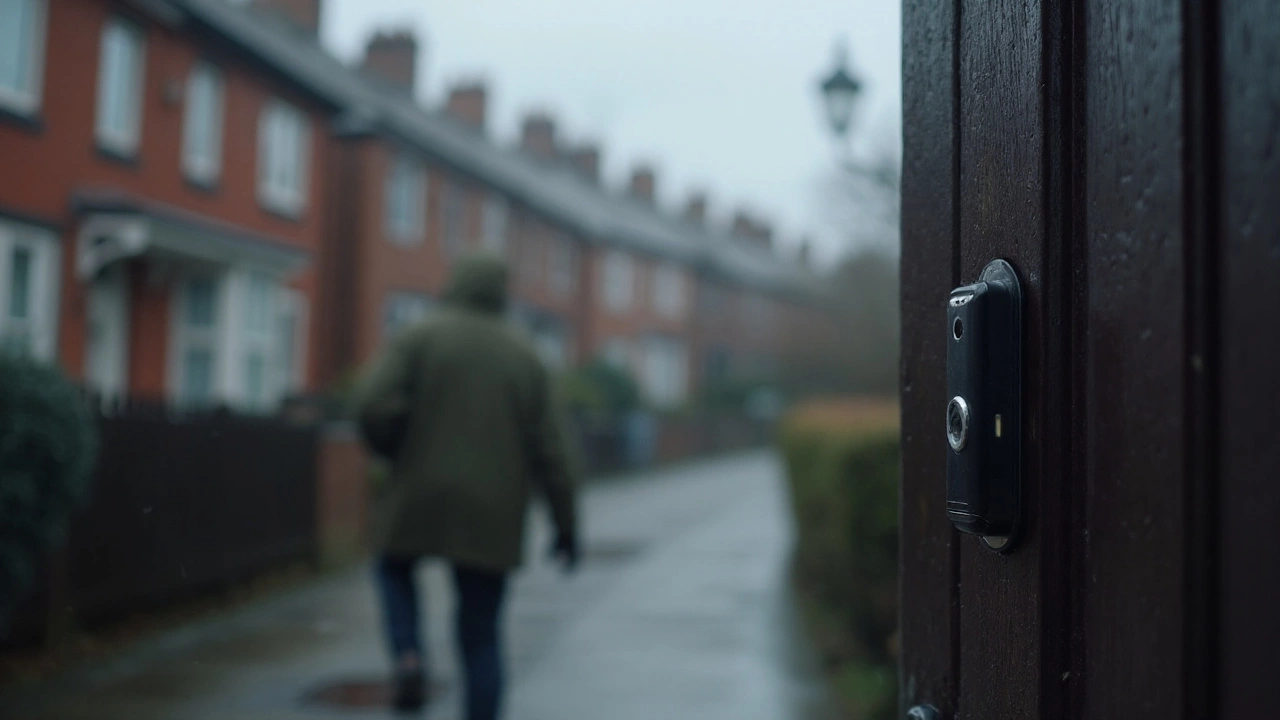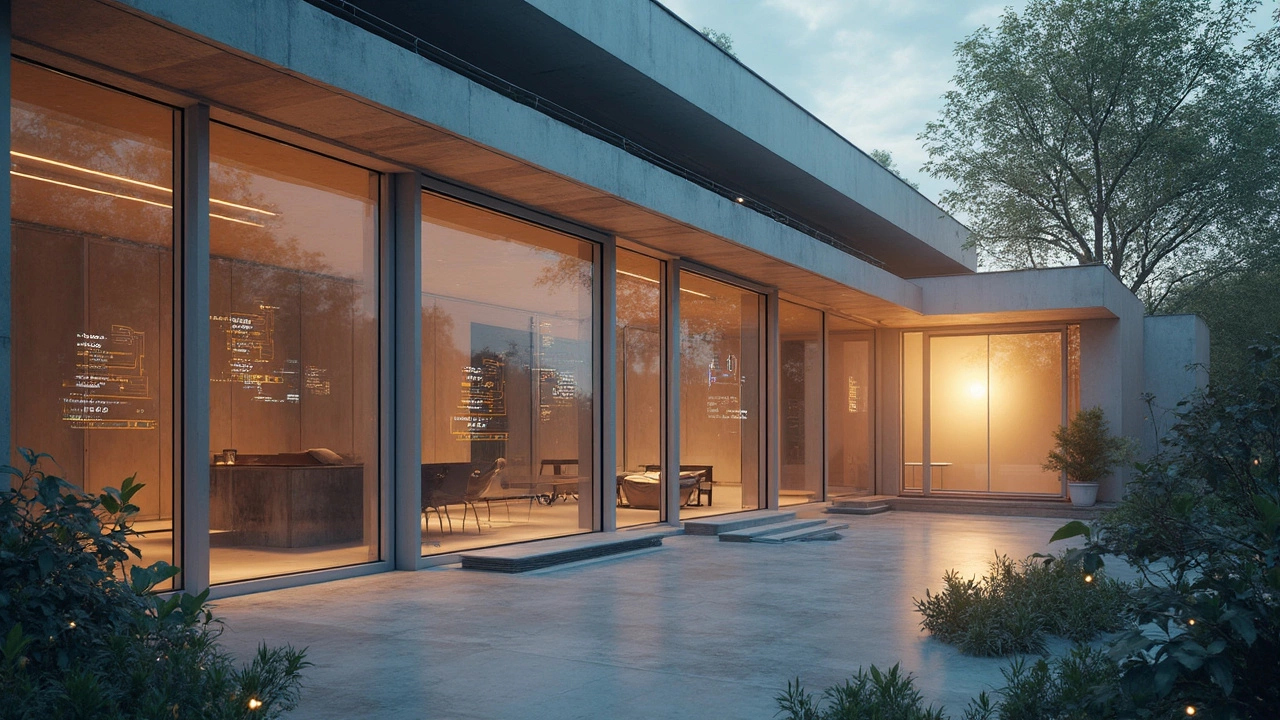Ever wonder who can actually see the video from your front‑door camera? You’re not alone. As more households install smart cameras, doorbells and baby monitors, the line between safety and surveillance gets blurry. The good news? You can enjoy peace of mind without handing over your private moments to strangers.
Most privacy worries stem from three places: the device itself, the network it uses, and the cloud service that stores the footage. A cheap Wi‑Fi camera might record at night, but it could also be sending that video to a server in another country where data rules are loose. Similarly, a video‑doorbell that works great on the app could let a hacker watch you open the door if you haven’t hardened your Wi‑Fi. Below we break down the biggest risks and give you practical steps you can take right now.
First, think about placement. A camera pointed at a neighbor’s backyard or at your own bedroom can easily cross legal boundaries. Even if the angle is perfect for catching intruders, it can also capture everyday moments you might not want stored forever. Next, consider the data path. Many devices upload footage to the cloud by default. If the cloud provider suffers a breach, every clip – including footage of you changing clothes – could end up on the dark web.
Another hidden danger is password reuse. If you set the same password for your router, your camera and your email, a breach on any one of those services can expose the rest. Finally, firmware updates matter. An out‑of‑date camera may have known vulnerabilities that attackers exploit to gain remote access.
Start with strong, unique passwords for each device. Use a password manager if you need help remembering them. Turn on two‑factor authentication on any account that offers it – that extra code stops most bots dead in their tracks.
Next, lock down your Wi‑Fi. Give your network a name that doesn’t reveal it’s for security cameras, and enable WPA3 encryption if your router supports it. Create a separate guest network for smart devices; this isolates them from your main computers and phones.
Check the privacy settings inside each app. Many manufacturers let you opt‑out of cloud storage and keep footage on a local SD card instead. If you do need cloud backup, pick a provider that offers end‑to‑end encryption and clear data‑retention policies.
Regularly install firmware updates. They often patch the exact security holes that hackers look for. Set a reminder on your phone or calendar so you don’t miss a notification.
Finally, be mindful of camera angles. Avoid pointing lenses at places where people have a reasonable expectation of privacy – like inside bedrooms, bathrooms or neighbor’s yards. If you must monitor a shared space, use motion‑only recording so the camera only saves clips when something actually moves.
By taking these simple actions, you keep the bad guys out while letting the good guys (your security system) do their job. Privacy doesn’t have to be a sacrifice for safety; it just takes a little extra care.

Explore whether UK video doorbells actually stop crime, with stats, cost‑benefit analysis, privacy issues and practical tips for homeowners.

Smart homes offer convenience and improved quality of life, but they come with their own set of drawbacks, particularly in terms of security and privacy. This article examines the potential negatives of smart home technology, such as vulnerability to hacking and personal data exposure. Learn about common threats, real-world incidents, and practical ways to enhance your home’s security. Understand the balance needed between embracing technology and protecting personal safety.